It’s no secret that aftermarket electronic fuel injection (EFI) systems are becoming more and more commonplace.
It should come as no surprise however, that some of the early systems were a bit complex—you had to know your way around a laptop computer to make the thing function, and even then many of the systems weren’t exactly user-friendly.
Further, many of the first aftermarket systems were actually designed by the same guy. He took his knowledge from one company to another. Certainly there were improvements and added features that developed along the way, but for the most part, they were all pretty much the same base system.
It didn’t help from a tuning perspective and it certainly didn’t make them more user-friendly either.
Note: This is Part One of a two-part article on Holley’s Dominator EFI Management System. Click here if you’d like to skip to Part Two.
Holley’s New Take on Electronic Fuel Injection
Holley decided to address two of the key issues with an EFI conversion: ease of use and full-featured functionality.
The company didn’t want to get into the situation where a pro engine tuner had to be flown-in to set up the system or a scenario where you were forced to tow the car to a specialized shop.
Instead, Holley figured a good EFI system had to be easy for the beginner to understand and set up.
Conversely, Holley engineers knew full-well that more experienced, professional tuners will want a lot of specialized features.
So, Holley laid out a strategy that would incorporate an easy-to-use interface and, at the same time, include a number of tuning features for a wide range of engine combinations (keeping in mind their EFI system could be used to control normally aspirated engines, nitrous engines, turbo engines, supercharged engines, and so on).
That blueprint eventually became Holley’s top-of-the-heap Dominator® EFI vehicle management system (VMS). The Dominator can be used in all sorts of applications that stretch from daily-driven street machines to extreme high-end race applications.
The layout of the Dominator system means it is actually more of an integrated vehicle powertrain management system than many others out there.
Case-in-point: the Dominator can control the transmission (e.g. electronically-controlled automatics). It can work with a conventional throttle cable or drive-by-wire setups. It has provisions for dual wideband oxygen sensors and it can control virtually any power adder (turbo/supercharger boost, nitrous, etc. or any combination of them).
Holley tells us that the Dominator can control something as complex as a turbocharged, nitrous injected eight-cylinder engine that also incorporates meth injection.
There are also sufficient inputs and outputs to allow the Dominator VMS to serve as its own data acquisition and control module. Because of this, the Dominator VMS eliminates the need for extra controllers since they are all self-contained in the ECU.
The Dominator VMS Interface
Many EFI software packages have an interface that looks astonishingly like an accountant’s spreadsheet, which can intimidate even an experienced tuner.
Although the spreadsheet format still exists, the software includes a series of different base maps for various applications. Holley engineered the software in such a way that you can go through a series of existing engine combinations already stored in the software.
You only have to select one that’s reasonably close to your setup, which provides you with a baseline of your combination that the system can tune from (more on this below).
Yes, the system can tune itself from a baseline—all of Holley’s EFI systems have self-learning capability.
Tuning the old-school way using those spreadsheets mentioned above is tedious at best, and intimidating at worst.
The way the Holley system works is that once a baseline is established (using one of the pre-installed combinations), the system takes you through a checklist which determines parameters based on your ignition system, crank and cam sensor, etc.
Next, you tell the Dominator what air/fuel ratios you require at idle, during wide open throttle (WOT), and in several steps in between.
From there, you simply fire up the car (or engine on a dyno) and allow it to idle. The Dominator determines the best idle air-fuel ratio in a matter of a few seconds). Next you run it to wide open throttle. The Dominator ECU will automatically determine the best air/fuel ratio for WOT.
Then, pick several RPM steps through part-throttle and mid-range, hold it there momentarily, and the Holley system will verify the appropriate A/F ratio.
The truth is, Holley’s EFI systems can actually accomplish this part-throttle learning simply monitoring how you drive your car under varying load conditions.
This self-learning fueling capability eliminates one of the most difficult and time-consuming facets of EFI tuning: establishing the base fuel table.
Better still, the innovative features of the Holley EFI system actually turns the tuning process into something enjoyable instead of the time consuming and difficult process it used to be.
Here’s a more detailed look at some aspects of Holley’s Dominator Vehicle Management System.
Initial Calibration
Let’s back up a bit: As pointed out above, the first step in the system setup is to select a base map from Holley’s compendium (they have a number of base maps stored inside the EFI software provided with the system).
It’s easy too: you just select the combination that closest to what you run (or plan to run).
These are the most basic fields, but Holley advises one place where you can’t guess is the fuel injector selection and fuel pressure values.
Why is that?
When a signal from the ECU is delivered to the fuel injector, it opens and sprays pressurized fuel into the intake runner. The duration of time that the injector is open (called pulse width) is proportional to the amount of fuel delivered.
If you’re not accurate with the injector sizing and fuel pressure values, then your basic tune won’t be right.
Additionally, the basic setup also includes several simple questions with regard to the sensors fitted to the engine along with several ignition related questions.
Learning Capability
There’s more to the learning capability found in Holley EFI systems.
In the case of the Dominator, the engine will start and run off of the base calibrations mentioned above. Holley notes that “learning” is when the ECU figures out the difference between the base calibration and what it actually senses in your engine setup.
With the Holley software, it is also possible to disable (or even slow down the rate of learning) should it be required. But for most of us mere tuning mortals, setting the “learning gain” to 100% is the easiest and quickest way to obtain a great-running electronically-fuel-injected engine
Closed or Open Loop?
EFI systems are often described as “open loop” or “closed loop.” These terms refer to the EFI system’s capability to measure feedback and then modify what it is doing based upon that feedback.
“Open loop” means there is no feedback of information returning back to the computer. From a mechanical perspective, there is no sensing or measuring of the exhaust gas to determine how the engine is running. The amount of fuel injected is determined by the RPM as well as the throttle position, derived from fuel injector pulse width numbers stored in the fuel maps, and from there it is trimmed for environmental situations due to air temperature, air pressure, and engine temperature.
“Closed loop” systems take sensor data feedback to the ECU. In other words, there is sensing or measuring of the exhaust gas in order to determine how the engine is running. From a mechanical perspective, this involves a probe that generates a specific amount of voltage based upon the gas that surrounds it. The probes we’re discussing here are commonly referred to as oxygen sensors, O2 sensors, or exhaust gas sensors.
Holley prefers EFI systems with closed loop capabilities because they can compensate for weather and elevation changes.
Case in point: the air you encounter at the drag strip first thing in the morning versus the air the engine will experience during the heat of the day. With an open loop system, you’re pretty much forced to compensate manually for the change in conditions. With a closed loop system, the computer does the work for you.
Start-Up Enrichment (AKA Automatic Choke for EFI)
When it comes to start-up enrichment, the Holley computer software contains the cranking fuel, after-start hold off, after-start enrichment, and after-start decay rate adjustments.
With these adjustments (found in the software’s easy-to-use chart format), you can set up the way the engine starts and runs at any given temperature. For folks familiar with carburetors, it’s kind of like an automatic choke.
It also means you don’t have to change the starting procedure from when you back it out of the garage in the morning to when you’re hot lapping the car at a dragstrip in the afternoon. Essentially, Holley’s Dominator system allows a grumpy, big cam race engine to start just as easily as a daily driver.
More on taming that “grumpiness” next:
Idle Quality
The idle parameters and adjustment capabilities with the Dominator software are considerable.
If you click the tachometer icon found at the top of the software screen, you’ll find a series of adjustments required to maintain a proper idle.
Holley tells us that changes to this section will determine the method in which the computer changes the idle fuel map, spark timing, and idle air control (IAC) operation composition.
Acceleration Enrichment
Obviously, there is no such thing as an accelerator pump in an advanced EFI system, but there is a set of parameters within the Holley software named “Acceleration Enrichment (AE) vs. Throttle Position Sensor (TPS) Rate of Change.”
Think of these parameters like the accelerator pump shot and shooter size part of the tune up.
Enrichment is measured in pounds per hour added to the base map based upon the TPS rate of change. Other adjustments include AE vs. *MAP kPa % of change, AE TPS vs. Coolant Temperature, MAP AE Time vs. Coolant Temperature, AE Correction vs. TPS, and MAP AE vs. Coolant Temperature.
*MAP is Manifold Absolute Pressure, while kPa is “kilopascal” or a metric pressure amount determined by an EFI sensor.
This series of adjustments takes in consideration everything from the engine load, to any temperature or air quality you’ll encounter, and then the Holley Dominator will compensate for it.
Base Maps
Base fuel tables determine how much fuel in pounds per hour (lbs./hr.) the injector will discharge at a given MAP kPa or TPS reading at a particular RPM.
Holley says this information is determined via the learning cycle in the Dominator ECU or by way of the base calibration steps depending on where you’re at in the tuning process.
The figures in the base map work in conjunction with the target air fuel ratio on a separate graph. This proves very useful when it comes time to tune out any bugs you may come across during a dyno session or while driving the car.
Holley points out that it is unlikely the engine will experience each field in the base map during the learning process. As a result there’s a chance the ECU will encounter some peaks and valleys.
The Dominator software actually includes a smoothing feature that takes a highlighted area (peaks and valleys, for example) and levels-out the highs and lows. Another important detail is that this view will warn you if you have requested more fuel than your fuel system can supply.
In essence, the learning feature automatically tunes the base fuel table, or you can tune it manually.
***
Holley’s Dominator EFI is an all-encompassing system.
It’s easy to use and includes plenty (and we mean p-l-e-n-t-y) of features. And we’re far from done.
In our next article, we’ll dig deeper into the system.
You might be surprised at how feature laden and user-friendly the Dominator is.
***
Source: Holley Performance Products
***
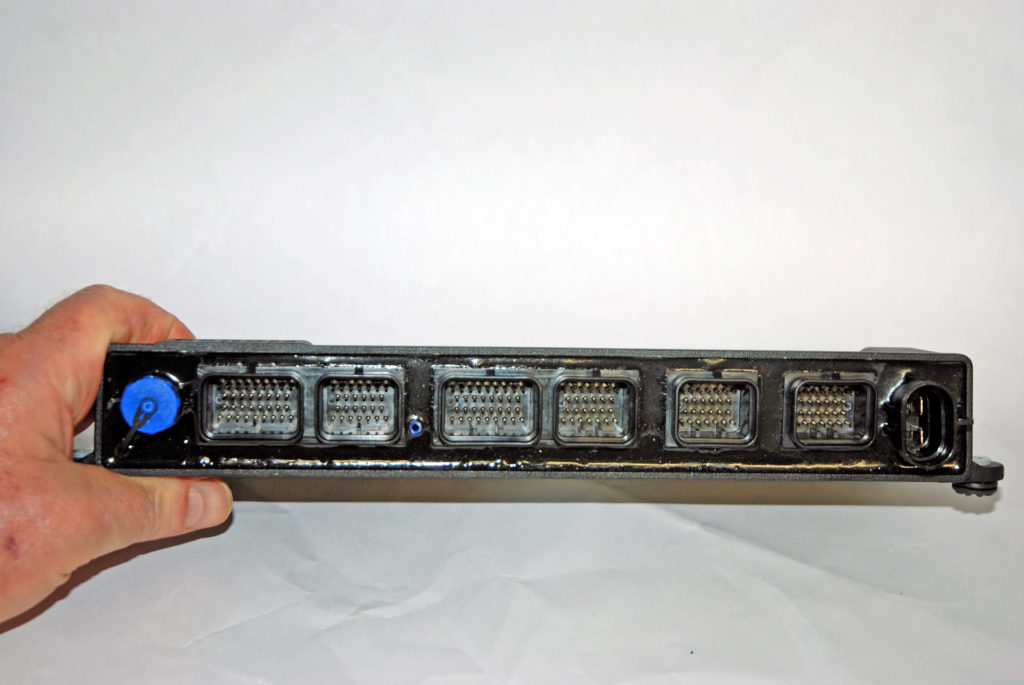
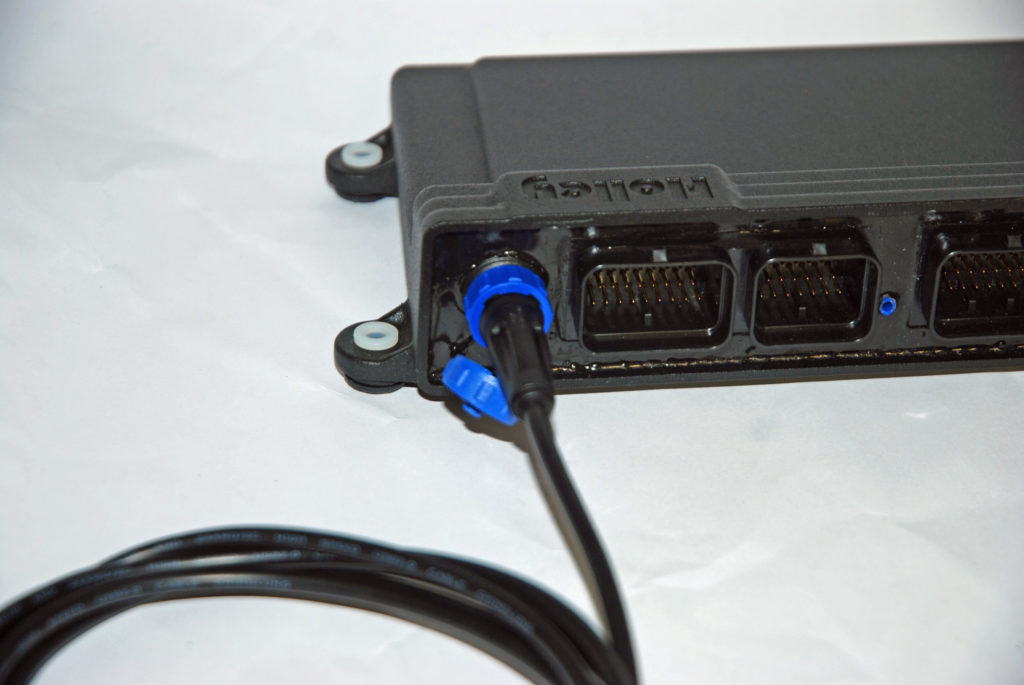
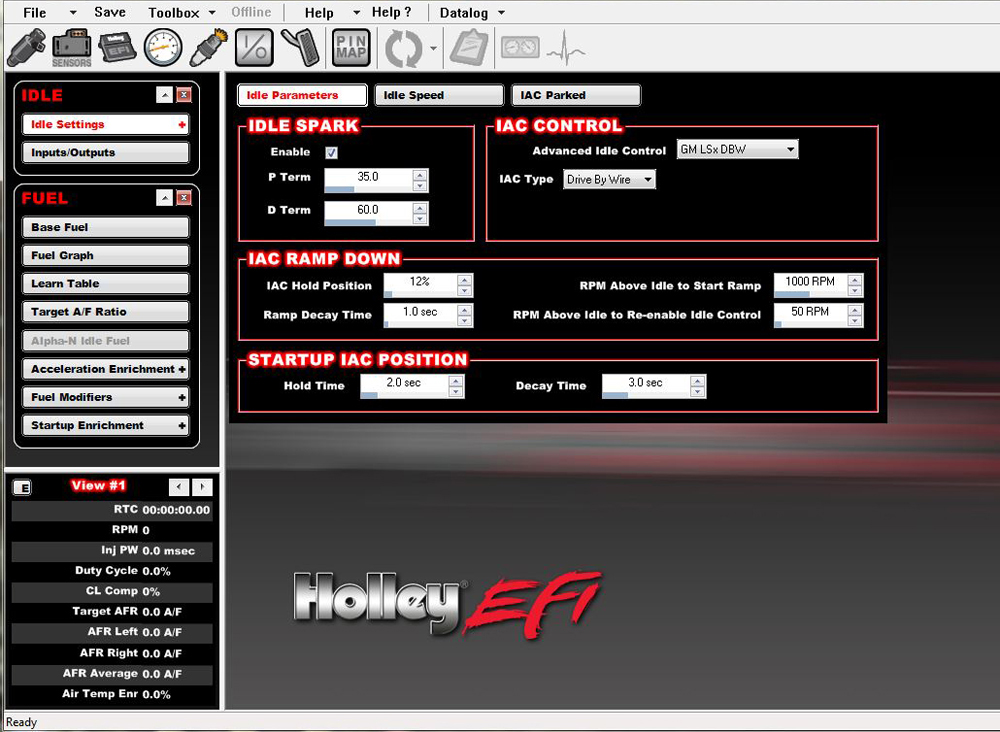
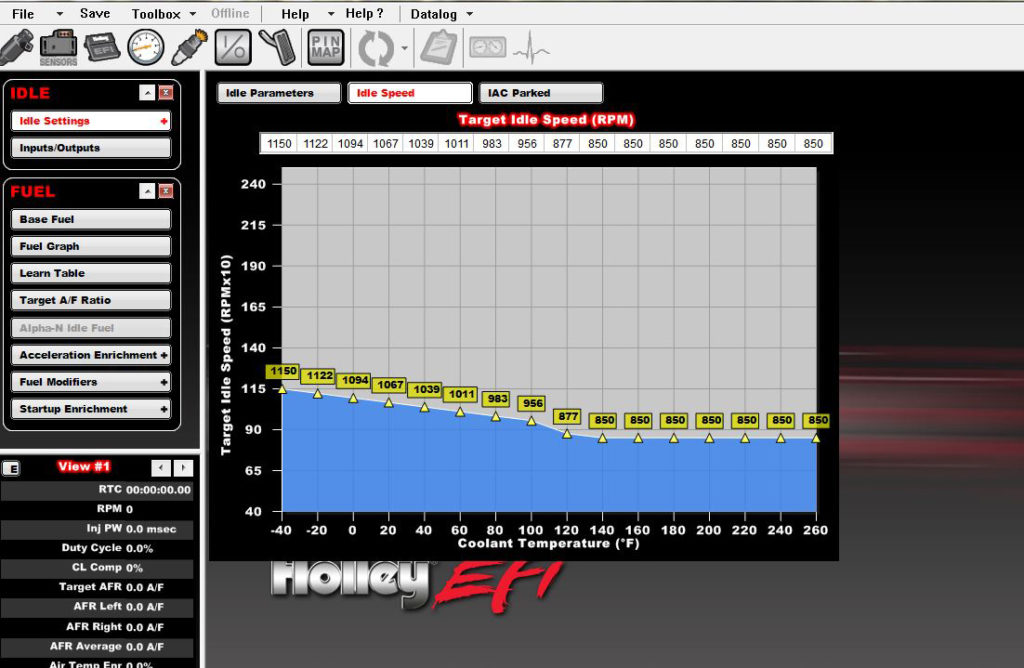
(Image/Holley – Wayne Scraba)
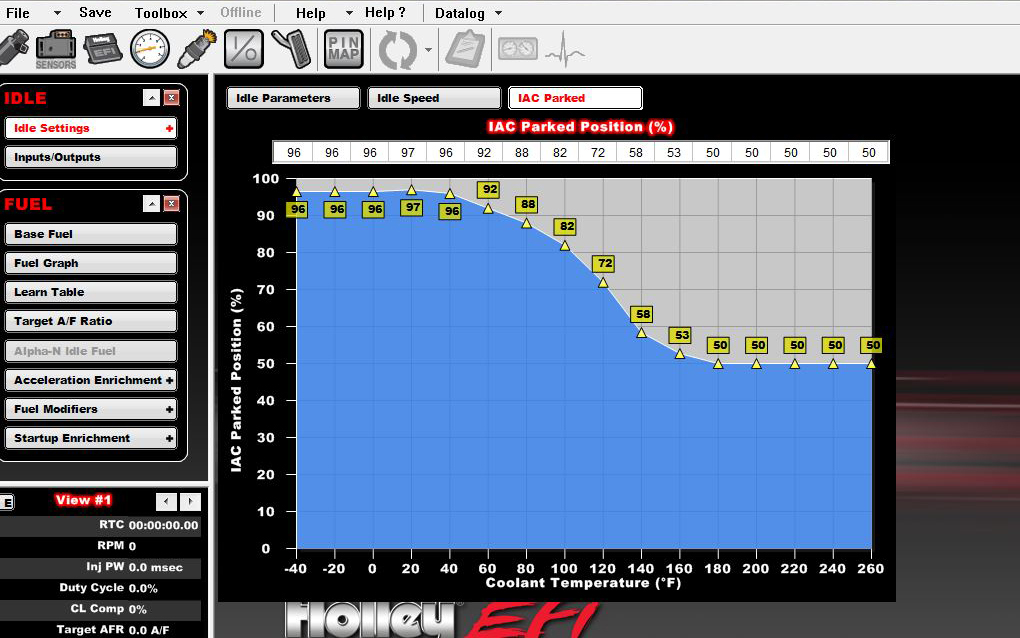
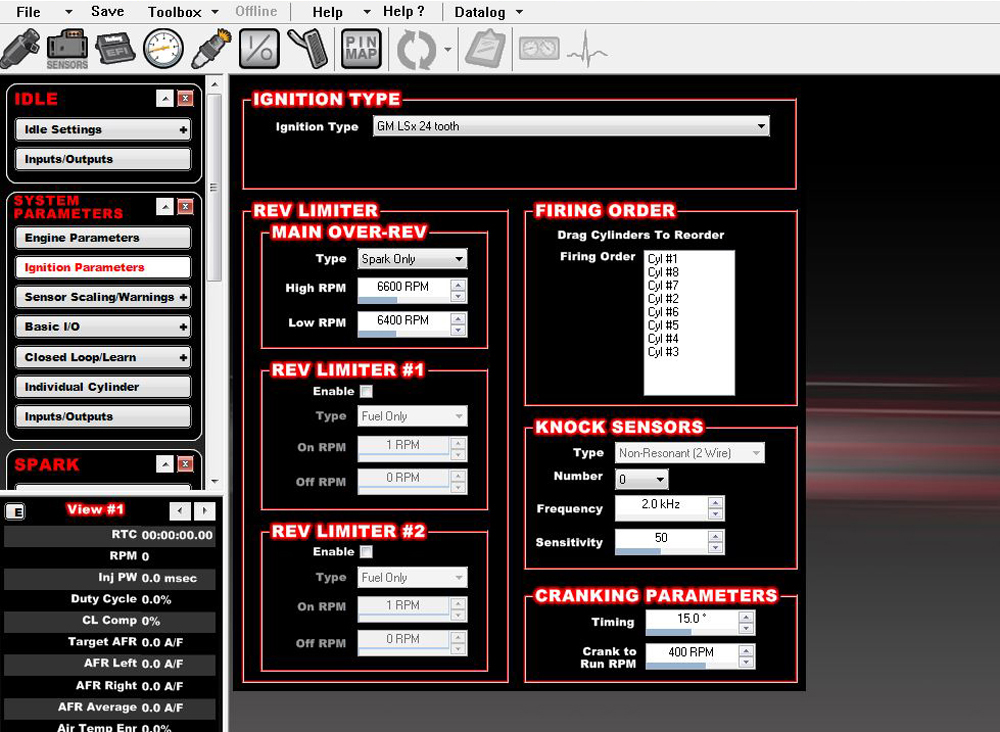

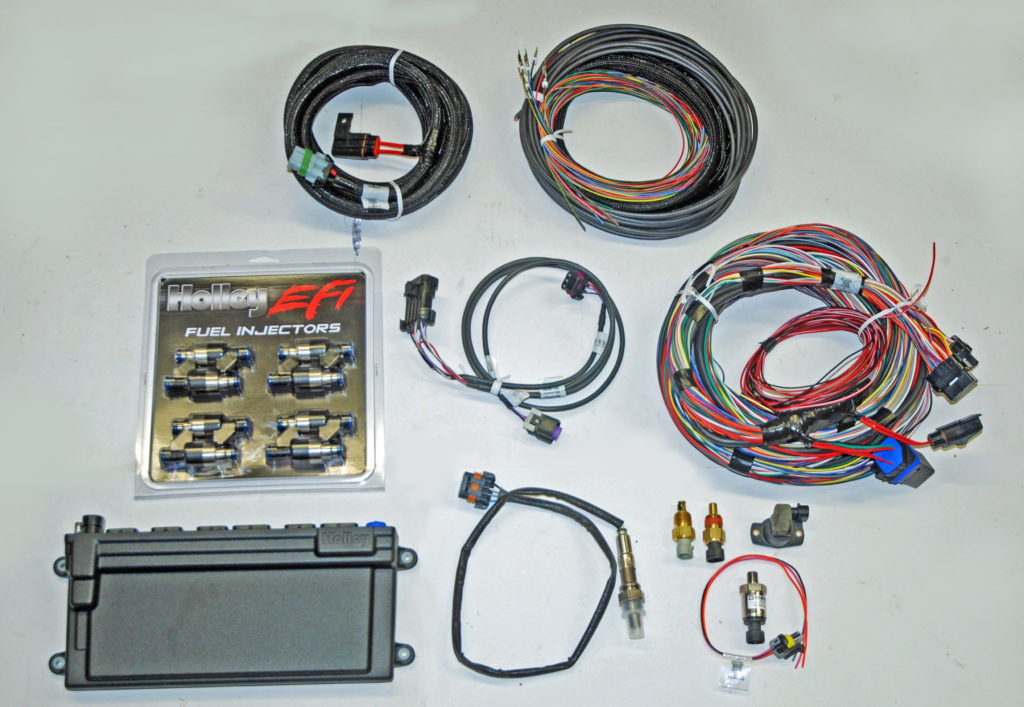
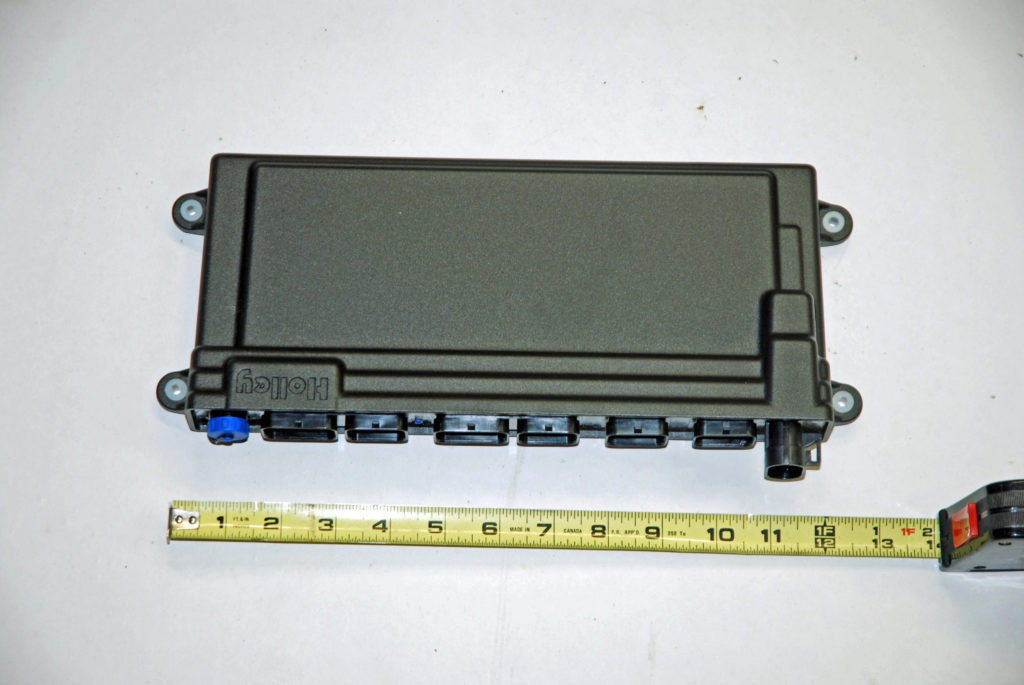
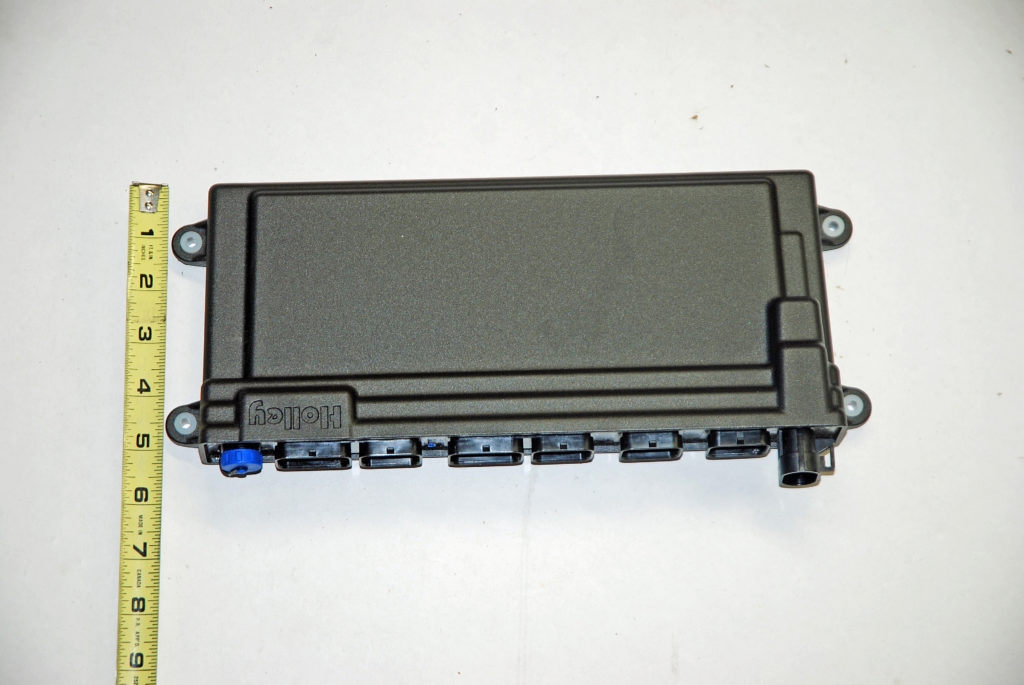
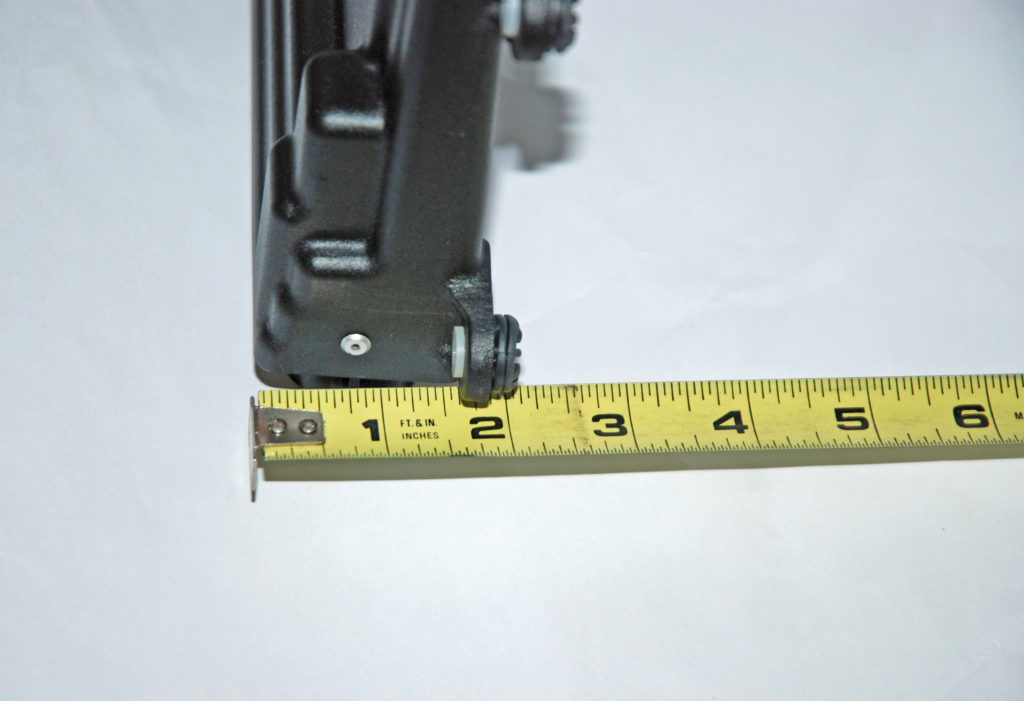
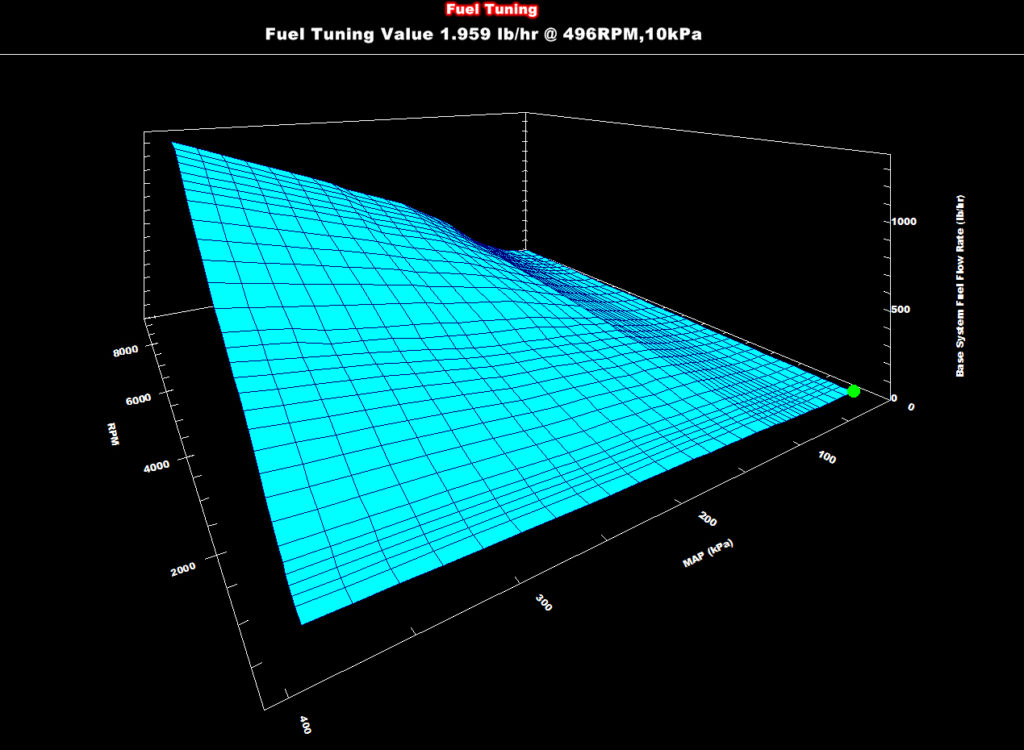
This is the first time that I read about this system that I fully understood.Thks
[…] In part one of this two-part segment, we dug into Holley Performance Product’s top-of-the-heap Dominator EFI system. […]
is there a way to lock out any timing changes in closed loop? Previous experience with gen III hemi has provided preferred timing settings for maximum performance. I have entered those numbers into timing graph and would prefer they are not changed. However, sure would like the self tuning for idle and fuel flow.
Can this ecu use on dct transmission with direct port injection
Do you have someone in Denver Colorado that can tune the Holly system for me
I currently run a fast set up which I’m thinking is a bit outdated would there be much wiring changes to go from FAST to Holley and will I need to change injectors and all the sensors ??